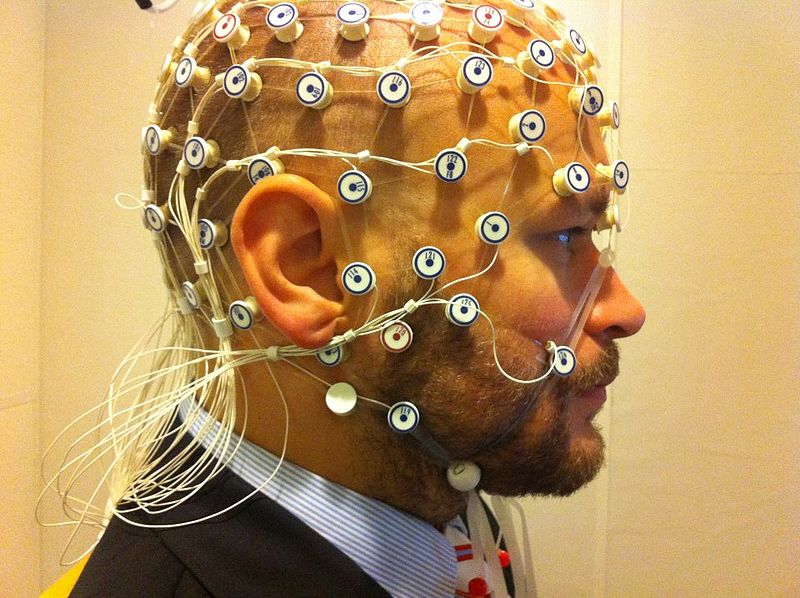

DARPA, the military’s crazyscience wing, is known for many things–but one of our favorites is the Grand Challenge, which demonstrate the power of crowdsourcing and competitiveness to push technology forward. Now DARPA needs our help. What should the next Grand Challenge be about?
_
Click to launch the photo gallery_
Grand Challenges are ambitious but achievable, imagination-inspiring but believable, and they have to have results that are measurable–like sequencing the human genome, or landing a couple of people on the moon and returning them safely home. Past DARPA Grand Challenges have led to self-driving cars, translating messages on shredded paper, and more–soon, even humanoid robots that can work alongside human warfighters.
DARPA wants some help picking a new one, and there’s a formal request for proposals. So we went ahead and made some of our own. Visit the gallery to see them and add yours in the comments.






